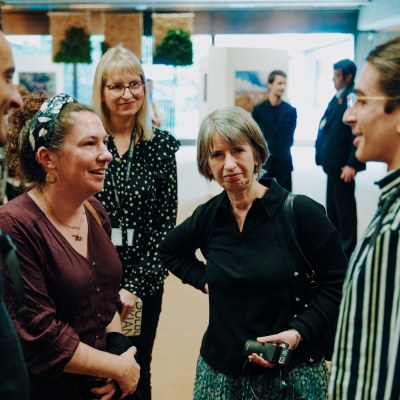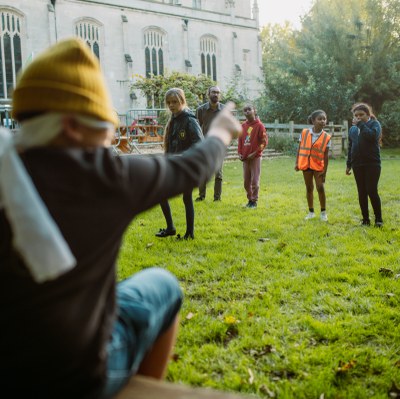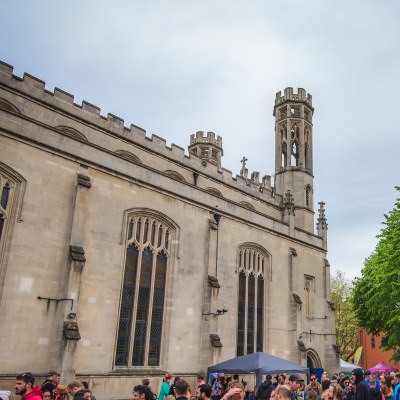Heritage Lottery funds Trinity conservation
Trinity Community Arts (TCA) has been awarded funding from Heritage Lottery Fund for the Trinity Centre Conservation Project.
Funding for an initial development phase will enable the centre to carry out surveys of the Grade II* listed building, in order to come up with a plan for repair works in 2017. Works will focus on repairs to the north aisle and slate roof, original stained glass window and stonework.
Over the last few years, there has been much investment to improve the Trinity Centre's facilities. With a footfall of over 50,000 each year, the planned repair works will help to ensure the community arts centre can continue long into the future.
Emma Harvey, Centre Manager of Trinity said; “Thanks previous support from English Heritage and the Big Lottery Fund, The Trinity Centre was removed English Heritage At Risk Register in 2014. However, with an old building like this, there is still much work to be done to repair the building. This support from Heritage Lottery Fund will help to ensure the community can continue to enjoy the space for decades to come."
The project will compliment previous capital repair and redevelopment works and will be the final major-works phase relating to the repair and conservation of the historic fabric. The capital works programme will be complimented by a range of heritage learning activities, including training in traditional heritage trades.
Alongside funding from Heritage Lottery Fund, the project development phase has also been supported by the Ashley, Easton, Lawrence Hill Neighbourhood Partnership and the Quartet Community Foundation, with other supporters including Bristol's Rotary Club and Burgess Salmon.
Over the next year, the Trinity team will be working to raise the total funds needed to carry out the repair works and there will also be a number of job opportunities relating to the project. If you are interested in showing your support for the project or would like to know more visit: www.3ca.org.uk/activities/renovation for more information.
About Trinity's heritage
The Trinity Centre, Bristol, has been a diverse hub of community arts activities since its de-consecration as a place of worship in 1976. The building has been a prominent music venue for 50 years and has played host to a spectacular role-call of acts, becoming an important landmark in the globally exported 'Bristol Sound'.
Built between 1829-1832, the 'Waterloo Church' is considered to be one of the finest examples of the work of architects Thomas Rickman and Henry Hutchinson. Trinity is an important Grade II* listed building, which retains significant townscape value in the context of Old Market Conservation Area, defined as "an area of special architectural or historic interest, the character and appearance of which it is desirable to preserve or enhance."
Trinity's 41 stained-glass windows are one of the most striking but neglected features of the building. Built in an English Gothic Revival style, most of the mullioned windows and clerestory feature non-pictorial stained glass and have a Geometric Patten style using simple shapes. The building features a pictorial stained-glass panel in one of the South-East façade windows, with classical figures set against a background of vibrant colours, flanked by diaper quarries and foliage.
Trinity is situated within one of the most culturally diverse and economically deprived areas of the South West. Race, migration and the changing demographic of the surrounding area have played an important role in the history of the building. Over the years, the building has been managed by different community groups, who have all had a role to play in making the centre what it is today.
The Trinity Centre Conservation Project will help to explore some of this history and provide opportunities for people to share their stories and experiences, as well as learn about traditional heritage trades. Visit our Archive for more information.
Image by Jane Porter, BCC







